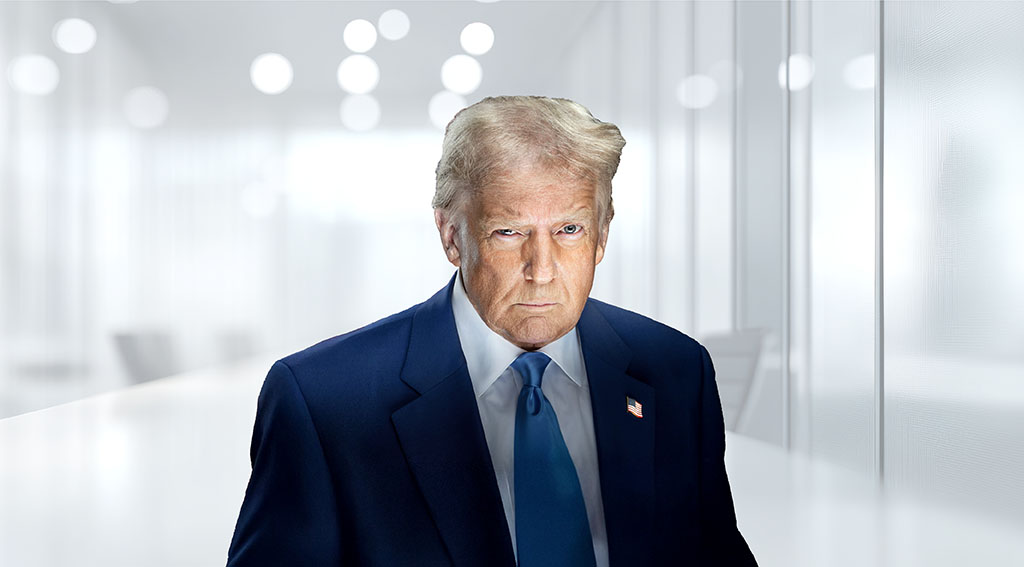Trump Unveils Executive Order to Revolutionize Federal Payment Systems
The recent Executive Order signed by US President Donald Trump marks a significant shift in the way the Federal Government manages payments. This initiative aims to replace outdated paper-based transactions with efficient electronic payment systems, thereby enhancing security and reducing costs.
Transition to Electronic Payments
Starting on September 30, 2025, the Federal Government will officially discontinue the issuance of paper checks for all transactions. This includes:
- Intragovernmental transactions
- Benefits payments
- Vendor payments
- Tax refunds
Modern Electronic Funds Transfer Methods
Under the new Executive Order, all executive departments and agencies are required to adopt modern electronic funds transfer (EFT) methods. These methods include:
- Direct deposit
- Debit and credit card payments
- Digital wallets
- Real-time transfers
Electronic Payments to the Federal Government
Payments made to the Federal Government, including fees, fines, loans, and taxes, will also be processed electronically wherever allowed by law. The Department of the Treasury will:
- Phase out physical lockbox services
- Accelerate the use of electronic receipts for Federal payments
Public Awareness Campaign
To facilitate a smooth transition, the government will launch a comprehensive public awareness campaign. This will:
- Educate Federal payment recipients about the shift to electronic options
- Provide guidance on setting up digital payments
Exceptions to this policy will be made for individuals without access to banking or electronic payment systems. Additionally, specific situations, such as emergency payments and law enforcement-related disbursements, will be accommodated under the Executive Order or other applicable laws.
Addressing Financial Fraud
This Executive Order is part of a wider initiative to combat financial fraud and reduce improper payments. Traditional paper-based transactions, like checks and money orders, are increasingly susceptible to fraud, theft, and inefficiencies.
Some key statistics include:
- Mail theft complaints have surged since 2020.
- Treasury checks are 16 times more likely to be lost, stolen, or altered compared to electronic transfers.
- In 2022, banks reported 680,000 instances of check fraud—nearly double the amount from 2021.
- Maintaining the infrastructure for processing paper payments cost taxpayers over $657 million in fiscal year 2024.
This new policy does not introduce a Central Bank Digital Currency (CBDC), but it represents a critical step towards modernizing government payment systems and promoting a secure, efficient financial environment.
For more information on electronic payments and their benefits, visit the U.S. Department of the Treasury website or check out our related articles.







